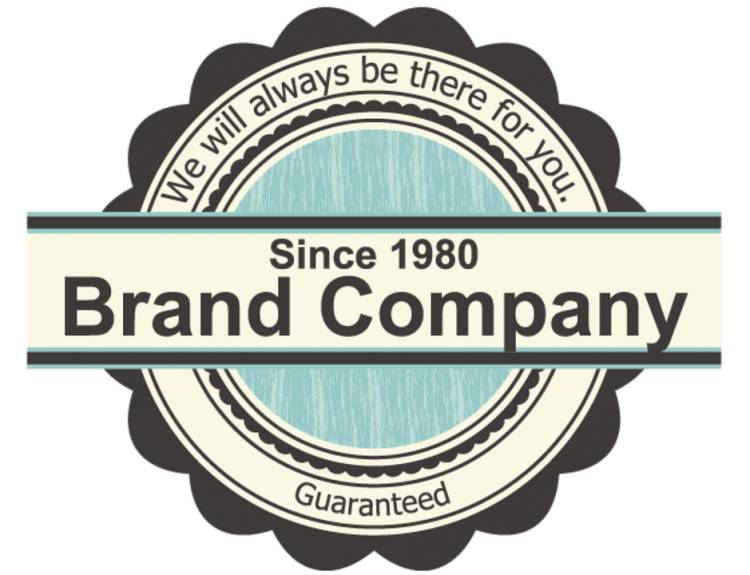Trademark COMMON PITFALLS
Trademarks are critical assets for businesses looking to protect their brand identity and distinguish themselves in the marketplace. However, many companies fall victim to common trademark pitfalls that can result in costly legal disputes and weakened brand protection. This blog explores the most frequent mistakes made during the trademark registration process, such as neglecting comprehensive searches, choosing weak or descriptive marks, and failing to monitor and enforce trademark rights. Additionally, it highlights the importance of international trademark registration and adhering to renewal deadlines. With expert insights, the blog offers strategies to avoid these pitfalls and outlines how Sonisvision can help businesses safeguard their trademarks effectively.

INTRODUCTION
Intellectual property, particularly trademarks, plays a vital role in a country's economic development by providing businesses with exclusive rights over their products and processes. The ability to secure and protect these rights leads to higher domestic income, international recognition, and increased sales. Trademarks, which are integral to product marketing and identification, offer businesses the ability to set themselves apart from competitors and build strong brand associations. However, common pitfalls in the trademark registration process can cost businesses dearly, both in terms of time and legal fees. This blog outlines some of the most frequent mistakes that businesses make when dealing with trademarks and offers insights into how to avoid these costly errors.
UNDERSTANDING TRADEMARKS
A trademark is much more than just a logo or a name. It can be any symbol, word, slogan, color combination, or even a sound that represents a business and distinguishes it from others in the marketplace. Some famous examples include the Nike “Swoosh,” Coca-Cola’s red and white branding, or the Apple logo. When a trademark is registered, it legally protects these brand elements from unauthorized use by competitors, thereby ensuring that the public can identify a product or service as belonging to a particular business. Without trademark protection, businesses risk diluting their brand, which can lead to lost customers, revenue, and market share.
FAILURE TO CONDUCT A COMPREHENSIVE TRADEMARK SEARCH
One of the most common mistakes businesses make when registering a trademark is failing to conduct a thorough trademark search. This step is essential to ensure that the mark you wish to register isn’t already in use by another entity. Attempting to register a trademark that has already been claimed by someone else can result in costly legal disputes and the rejection of your application. Businesses should leverage professional trademark search tools or databases to check for existing trademarks that may conflict with theirs. This allows companies to make informed decisions before proceeding with registration and avoid any infringement claims.
CHOOSING A WEAK OR DESCRIPTIVE TRADEMARK
Another critical error is selecting a weak or overly descriptive trademark. A mark that merely describes the product or service, such as “Best Coffee in Town,” lacks the distinctiveness required for trademark protection. Similarly, generic terms like “Computer” for a tech company cannot be trademarked. Strong trademarks are those that are inherently distinctive, like Apple for electronics, or those that acquire distinctiveness over time through extensive use and marketing. A well-chosen, distinctive trademark not only makes it easier to register but also strengthens your brand’s identity in the marketplace.
OVER-RELIANCE ON COMMON LAW RIGHTS
Many businesses mistakenly believe that using a trademark in commerce grants them automatic, exclusive rights to it. While common law rights do provide some protection based on the first use of the trademark, these rights are limited in both scope and enforceability. Registering your trademark with a governmental authority, such as India’s Controller General of Patents, Designs, and Trademarks, offers significant advantages. A registered trademark provides nationwide protection, legal presumptions of ownership, and the ability to file infringement claims in court. Without registration, enforcing your trademark rights can be difficult and costly.
NEGLECTING TRADEMARK MONITORING AND ENFORCEMENT
Trademark registration is not a one-time process. After registration, businesses must actively monitor their trademark for unauthorized use and take immediate action when infringement occurs. Failing to monitor and enforce your trademark rights can lead to the dilution of your brand’s distinctiveness, weakening its overall impact in the marketplace. To avoid this, companies should regularly conduct searches to identify any unauthorized uses of their trademarks and take legal action against infringers. Enforcing trademark rights through cease-and-desist letters or litigation is essential for maintaining the exclusivity of your brand.
To know more about this kindly follow the link:
ALLOWING TRADEMARKS TO BECOME GENERICIZED
Genericide, or allowing a trademark to become synonymous with a product or service, is a significant pitfall that businesses often overlook. Once a trademark becomes generic, it loses its legal protection. Famous examples include the terms “aspirin” and “escalator,” both of which were once protected trademarks but became generic over time due to widespread usage. To prevent this from happening, businesses must educate consumers on the proper use of their trademark and actively promote its distinctiveness. Additionally, trademark owners should ensure that competitors do not use their mark generically, as this can further erode its distinctiveness.
OVERLOOKING INTERNATIONAL TRADEMARK REGISTRATION
With globalization and the expansion of businesses into international markets, failing to secure trademark protection in foreign jurisdictions can expose a brand to significant risks. A common mistake is assuming that a trademark registered in one country offers global protection. In reality, trademark laws vary from country to country, and protection in one jurisdiction does not automatically extend to others. Businesses that operate in or plan to expand into international markets should explore options like the Madrid Protocol, an international trademark system that allows companies to seek protection in multiple countries with a single application. Neglecting international trademark registration can leave your brand vulnerable to infringement abroad, which could compromise its global presence.
IGNORING RENEWAL DEADLINES AND MAINTENANCE REQUIREMENTS
Trademark registrations are not permanent and require periodic renewal to remain valid. Failing to keep track of renewal deadlines can result in the cancellation or abandonment of your trademark. In many countries, trademarks must be renewed every 10 years, and businesses must file necessary documentation to demonstrate continued use. Additionally, some jurisdictions require periodic maintenance filings, which, if ignored, can lead to the loss of your trademark rights. To avoid this, businesses should implement a system for tracking renewal deadlines and ensuring that all required documentation is filed on time.
DO TRADEMARKS ALWAYS REQUIRE REGISTRATION?
While registered trademarks offer stronger protection and legal recourse, some businesses may rely on unregistered, common law trademarks. In such cases, the strength of the trademark is determined by factors like the length of use, customer recognition, and market presence. Although unregistered trademarks can be defended in court under the “passing off” doctrine, this defence is often weaker than one available to registered trademarks. Registered trademarks, on the other hand, allow businesses to pursue infringement claims and use the ® symbol, providing an added layer of credibility and protection. For long-term security and legal advantage, trademark registration is always recommended.
CONCLUSION
Avoiding common trademark pitfalls requires careful planning, expert guidance, and an understanding of both national and international trademark laws. By conducting thorough trademark searches, selecting distinctive marks, monitoring for infringements, and maintaining registrations, businesses can protect their brand and avoid costly legal disputes. Sonisvision offers comprehensive trademark registration services to help businesses navigate these challenges. Our team of intellectual property experts ensures that every step of the trademark process is handled with care, from search and application to monitoring and enforcement. With our support, you can secure and protect your brand’s identity, ensuring its long-term success in the marketplace.












